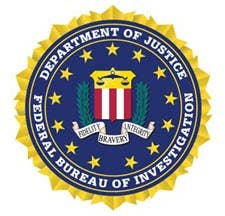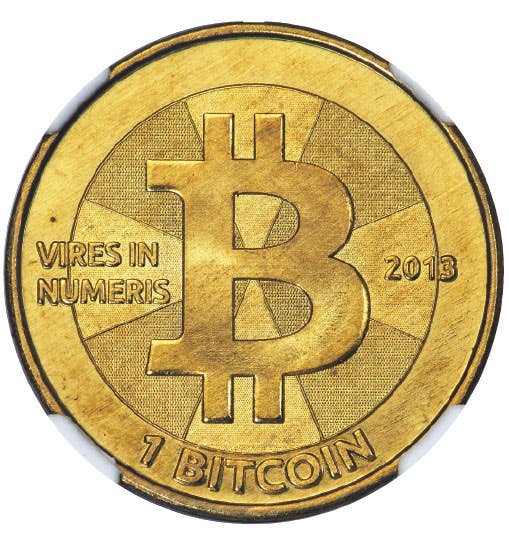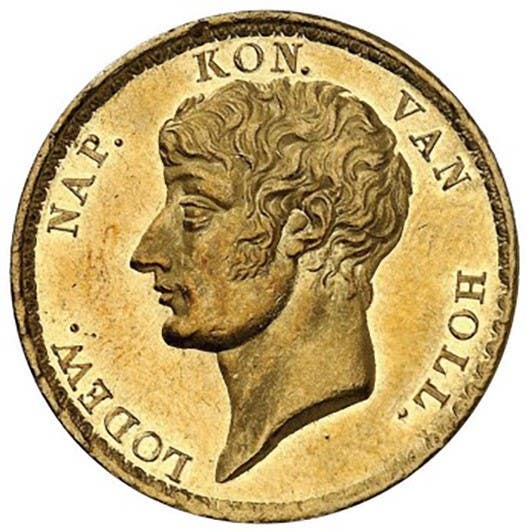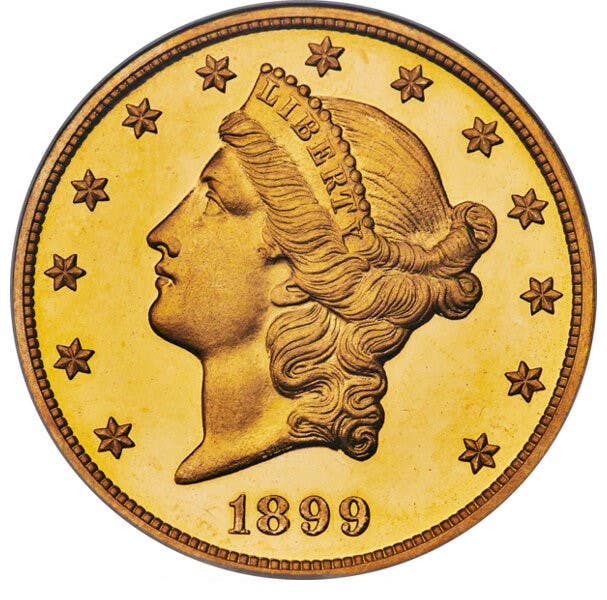Luster helps you find the ballpark
I enjoy teaching and passing on knowledge to seminar students or to collectors who stop at the Independent Coin Grading table at coin shows. After a pleasant interaction with a novice dealer at the Clearwater, Fla., Coin Show I feel it’s time to dust off an old topic for the benefit of new readers and beginning collectors.
I enjoy teaching and passing on knowledge to seminar students or to collectors who stop at the Independent Coin Grading table at coin shows. After a pleasant interaction with a novice dealer at the Clearwater, Fla., Coin Show I feel it’s time to dust off an old topic for the benefit of new readers and beginning collectors. The topic of “luster” came up when the dealer asked me to look at some of the coins he had just packaged up to sell. We discovered that some were slightly overgraded (possibly due to the bright overhead lighting in the bourse room); but most were undergraded because the dealer had no clue about the amount of luster on his foreign coins.
Among the definitions in the Webster’s Dictionary, “luster” is defined as “1. The quality, condition, or fact of shining by reflected light; gloss; sheen. 2. Brightness; radiance; brilliance.” Simply put, it is the quality of reflected light from a surface. Therefore, just about anything can have luster in the right lighting conditions. The luster that “bounces off” physical objects such as leather seats, wooden tables, metal utensils, brass lamps, a shiny forehead, and struck metal coins looks differently.
A coin’s “mint luster” is a very important element of its eye appeal and grade. The quality of the luster conveys a great deal of information about a coin’s condition and originality. The luster from a struck coin is variable. It is dependent on the coin’s denomination, size, type, design, originality and the condition of the dies at the moment it is struck. Since luster is determined by the reflected light from a coin’s surface, it can only be changed by the effects of lighting or deterioration caused by damage, friction wear, toning, or cleaning.
Many things we can do to a coin can change the quality of its luster. Most of you should have heard about an “over-dipped” coin that becomes dull. What happens to a coin when it is polished? It becomes very shiny and reflective. Unfortunately, most people and novice collectors prefer the appearance of a polished coin over one with an original surface. I recommend readers study high grade coins that have been evaluated by a major grading service to learn what original mint luster should look like on the coins they collect.
Now, let me repeat some hints I gave to the dealer about a coin’s luster that makes it easier to grade. Using this method, a novice collector can “get in the ballpark” before opening a grading guide to refine their final grade. As a coin with full mint luster (uncirculated) begins to wear, the original luster on areas of friction begins to diminish. The worn areas look flat and lifeless. This can be seen as a change of color due to the different reflectivity from the coin’s surface. Usually, the first parts of a coin to lose mint luster are the high points of its design. Next, the open areas of its design and field begin to change until the only luster remaining is in the recesses of its design and letters. There is one important thing I want you to try for yourself. As you look for traces of wear on a coin, first view it using fluorescent light. That’s because the even, flat illumination from this type of light makes the color change from a worn surface jump out. The incandescent light used by graders helps friction wear hide in the glare reflected from the surface. You should use the bright glare from incandescent light to make it easy to identify scratches and marks on a coin’s surface.
I’ve illustrated a Capped Bust half dollar to show the change of color due to wear on parts of Liberty’s cap and curls. Bright, original mint luster remains in protected areas of the coin that are untouched by friction. Learn to use luster as a tool. I tell beginners to look at a coin to determine how much luster remains. If there is a decent amount of mint luster, they can look in the grading guides at photos of EF coins or higher. If there is very little original luster, the coin will probably grade Very Fine or lower. What do you think about the amount luster on this coin? If you guessed in the EF+/AU range you are correct.
Years ago (before grading services) an extremely fine coin had most of its mint luster remaining and looked like the illustration. Grading standards have evolved over time so that today, many coins with only a hint of mint luster in protected areas such as right next to a letter or star are graded extremely fine. Remember that some forms of cleaning or alteration can produce reflected luster that mimics the surface of an original coin. After you learn what a coin with original mint luster looks like, give my Luster Method of grading a try and don’t be too strict.
More Coin Collecting Resources:
• Subscribe to our Coin Price Guide, buy Coin Books & Coin Folders and join the NumisMaster VIP Program









